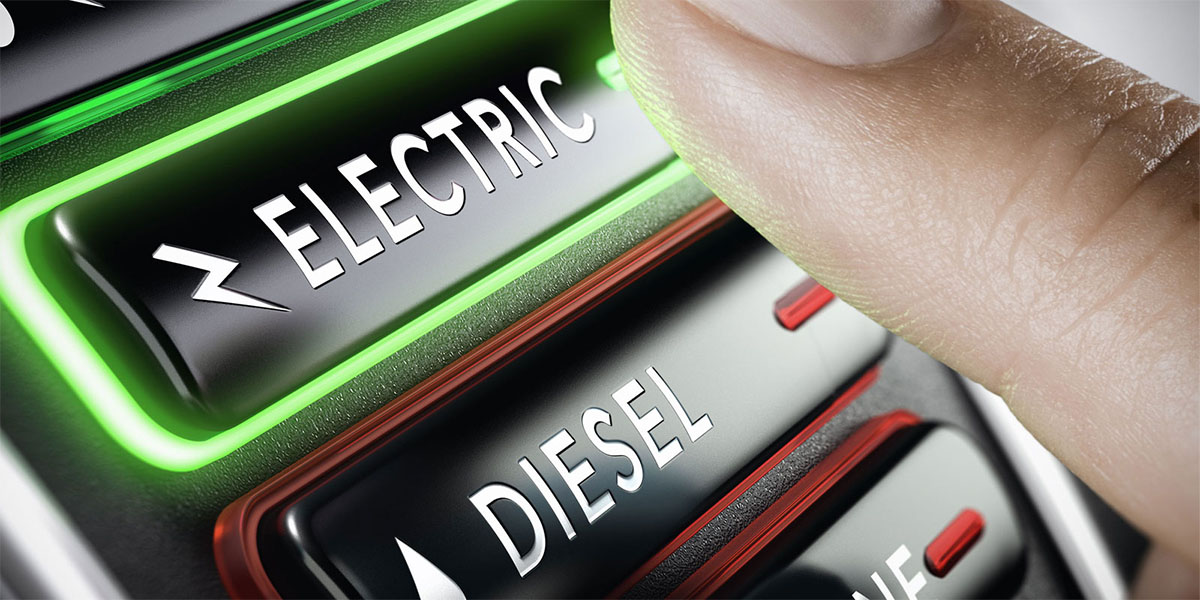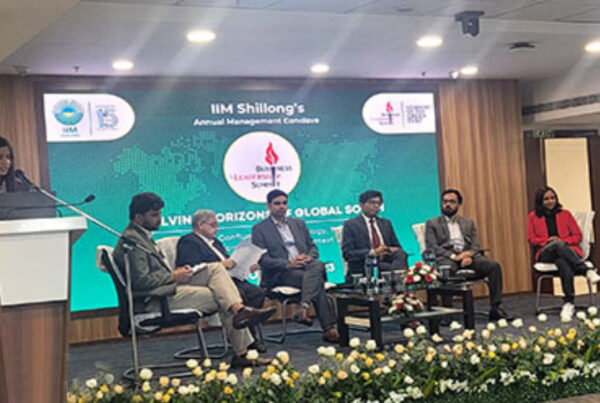Introduction
Electrification of vehicles is probably one of the most impactful technological developments in the automotive industry in several decades. Despite governmental incentives to spur up the adoption of EVs across most major markets, adoption remains restricted to few European countries, China and the US (to an extent). Key barriers to large-scale adoption of EVs are high cost of batteries, and concerns regarding charging infrastructure and driving range.
Global Scenario
Globally, the governments’ concerted policy push and innovations from automotive manufacturers will make the coming decade, the decade of the fully electric car. Battery prices have reportedly fallen by ~70% since 2010 enabling the electric cars to be as cheap and powerful as fuel-powered cars. However, the prices need to come down even more to make the vehicle prices at par with conventional vehicles. The price of a battery of an electric car accounts for more than half of the vehicle’s production costs. According to the International Energy Agency (IEA), an estimated 70 million EVs will be on the roads by 2025. Countries around the world have realised the potential of electric cars, giving a boost to e-mobility. Countries like China are incentivising e-mobility with tax breaks, EV credit policies, research subsidies, etc. while countries including the UK, France, Norway and India are looking to adopt e-mobility at a larger scale and ultimately phase out ICE engines in the next decade or so.
The situation closer to home
In India, the EV market continues to be largely limited to mass and low-cost segments such as two- and three-wheelers. The trend started with e-rickshaws as early as 2010 and was initially restricted to Delhi and a few major cities in the country. In the last few years, the segment sales saw a significant increase, though dominated by a host of unorganized players and few reputed names. EVs, with its promise of cleaner air in our highly polluted cities, have garnered attention not only from the Indian automobile industry but also from the government and the people as well. Despite the benefits of switching to an electric vehicle, the penetration and growth of EVs in the Indian automobile industry have been low compared to other developed countries. According to reports, the EVs have a market penetration of only 1-2% of the total vehicle sales in India. The domestic EV industry’s size stood at 156,000 units in FY20, including 152,000 electric 2-wheelers and 3,400 passenger vehicles and 600 e-buses. These numbers do not include the e-rickshaws, which is largely unorganized. While there are many reasons for the lack of sustainable demand for EVs in India, it majorly stems from the fact that India is yet to have a standard world-class infrastructure for an EV ecosystem. An evolution in the Indian e-mobility ecosystem in line with global benchmarks will create a strong impetus for the shift from ICE to EV.
Government support will be key to higher penetration
India needs to adopt a goal for a holistic e-mobility ecosystem which can comprise of EVs, charging infrastructure, e-mobility service providers (car sharing, rentals, etc.) and favourable regulations to keep up with rest of the world in terms of EV penetration. Realising the benefits of EVs, there has been a collective effort for policy push at the national level to promote e-mobility, especially after India’s commitment to the Paris climate agreement. Apart from 100% FDI under the automatic route, there have been several initiatives taken to maintain global standards of mobility in the future. India has set up the National Electric Mobility Mission Plan (NEMMP) 2020 and Faster Adoption and Manufacturing of Hybrid and Electric Vehicles (FAME) schemes with an intent to have an electric-only future for automobiles by 2030. Also, a lower GST rate (12%) has been levied on EVs compared to other vehicle categories.
One major area of concern, charging infrastructure for e-mobility has seen positive developments from some state governments. For example, in Delhi, the government has legalised charging stations for e-rickshaws with a hope that such incentives will promote undertaking by the civic agencies and private players. The Ministry of Power declared that setting up of Public Charging Stations (PCS) shall be a de-licensed activity to bolster the charging infrastructure. Private charging stations will be permitted at residential places, and any charging station can get electric power from any company through open access protocols.
There is a promotion of e-mobility in public transport and so there has been a rise in e-rickshaws and e-buses which are mushrooming as public transport modes in Indian cities. Due to the lower cost of operation and economical fares, Delhi is believed to have almost 1 lakh e-rickshaws plying on its roads, while Kolkata will see an upgrade to e-rickshaws soon. The Ministry of Heavy Industries has shortlisted 11 cities in India for the introduction of EVs in their public transport systems under the FAME scheme. It has also approved the FAME-II scheme with a fund requirement of INR 10,000 crore for FY 2020–22, with a focus on public charging, 2 and 3 wheelers, commercial fleets and public transport. Along with the growth of incubation centres for start-ups working in the EV segment, the National Mission for Electric Mobility, set up by the government, launched NEMMP 2020 and plans to invest INR 1,400 crore in the next 8 years for the development of electric infrastructure in the country. The Electric Vehicle Policy 2019 announced last year offers to waive off-road taxes and registration charges till 2024 and provides high subsidies on charging equipment.
Various policies and initiatives have been also been taken by state governments to develop the EV ecosystem in their states by promoting employment generation and development of EV manufacturing hub. Other measures include investment in R&D for battery manufacturing, creating an EV venture capital fund while providing tax exemptions for manufacturing and land subsidies, as well as allocated parking spaces for EV in commercial spaces, etc.
Initiatives by the OEMS
The Indian automobile industry is not far behind when compared with global companies in their development of e-mobility. Various actions are taken to ramp up industry action and companies are designing and testing products suitable for the Indian market with a key focus on 2 & 3 wheelers. Investments are made by car manufacturers to ramp up EV production, despite the lack of adequate charging infrastructure in the country and frequent regulatory changes. Automotive OEMs are wary of a government push to fully eliminate the ICE vehicles, however unrealistic that may seem. The manufacturers will likely prefer a technology-agnostic approach to clean mobility so that the industry gets enough time to prepare for the transition. The rapid growth in e-mobility has also led to the emergence of start-ups who are betting on their higher nimbleness and adaptability to outpace their larger counterparts. However, among the dozen or so start-ups active in e-mobility, not many have strong financial backing. In the long run, this will get reduced to the top 3-4 players who will likely give the established companies a run for their money.
Collective effort required to change the mindset of Indian consumers
It is always a challenge to break away from old norms and establishing new consumer behaviour. In this case, to shift the focus from conventional ICE vehicles to the more advanced and beneficial EV segment. Hence it is common to find consumers anxious about the technicalities of EVs such as speed and range. OEMs will need to address consumer concerns such as the resale price of an EV, replacement of batteries in ownership cycles, availability of charging points, and repair of EVs in case of a breakdown to drive higher adoption of electric mobility by consumers. Another major barrier is the limited number of EV models currently available in the Indian market. Thus, a lot of sensitisation and education is needed, in order to bust several myths and promote EVs in the Indian market.
Conclusion
E-mobility is here to stay and will remain so in the next couple of decades, slowly replacing the traditional ICE vehicles at least in some segments. How soon we get there will depend on factors such as government support to OEMs in terms of subsidies and tax/duty concessions, a radical change in consumer mindset in favour of owning an EV and significant improvements in the charging infrastructure across the country. The entry of a large number of start-ups in the EV mobility value chain is a testament to the growth potential in the country’s e-mobility landscape. At a time when the Indian automotive industry is bracing itself for another tough year owing to the COVID-19 pandemic, the pace of EV adoption may slow down in the near to medium term. However, once the situation stabilizes and the stakeholders are back to investment-mode, we will still see more EVs on our roads in the coming few years. Whether they will replace the ICE vehicles by 2030 or 2035 remains to seen.
Author: Prasanth R Krishnan
Prasanth works as an Associate Director with AGR Knowledge and is primarily responsible for project delivery, client management and business development. He has over 14 years of experience across research, consulting and financial services industries. At Avalon, his focus industries are Automotive and Industrials along with ICT. Outside of work, he is an avid Automotive enthusiast and likes to keep track of all the latest developments in the Automotive world.




